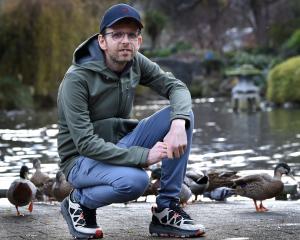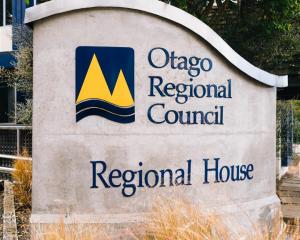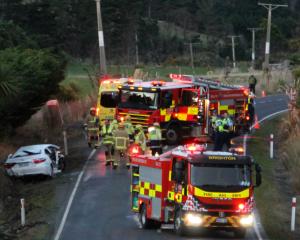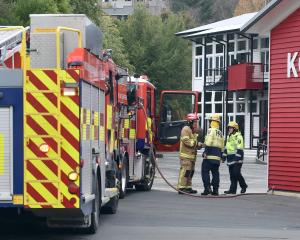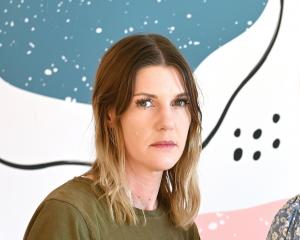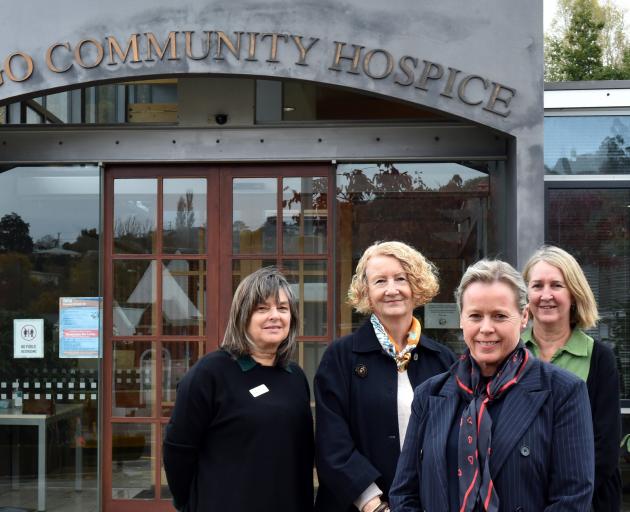
Chief executive Ginny Green said the hospice cared for about 850 patients every year, but the majority of these — about 80% — were not admitted as inpatients.
For Hospice Awareness Week she hoped to raise awareness of the work the charity carried out in the community.
The palliative specialist team who taught aged-care workers about palliative care had doubled in the last year, while the Kōwhai programme gave advice for families-turned-caregivers.
"We're trying to make people aware that we are here for them, wherever they are and whatever they need.
"What people perhaps don't realise is that because we are not fully funded by the Crown, and we have a huge amount of money raised by our communities, we feel very able to respond to them."
About 50% of funding came from the government, she said.
The yearly running cost was between $9million and $10m.
Matching staff pay rates to what they would earn in the public sector was one of the organisation’s biggest challenges.
"In order to get the very best staff, we have to pay the same and be as equally as attractive employers
"The gap is more and more widening, and we have to fill that with our community fundraiser."
The hospice was running a text campaign throughout the month, for which people could text OCH4U to 4644 to make a $3 donation.
"That's a really easy way of showing some support."
In the 17 years since Ms Green joined the organisation, the number of staff and patients had doubled and the number of hospice shops had jumped from one to six.
"Everything has just gotten bigger and bigger, and as our reputation as the specialist provider for Otago grows, the numbers of patients grows, and of course we've got the ageing population."
The hospice provided specialist palliative care, but was not necessarily a place to come to die, she said.
Patients could come to get their symptoms under control before receiving general palliative care in the place they wanted to be — usually an aged-care facility or family home.
"Often [family] are thrown in the deep end and they've got no tools to do that confidently ... the Kōwhai programme helps them learn some of the tricks of the trade."
The hospice podcast "Ending Life Well" also covered this topic and had been picked up "all over the world".
Nurse practitioner Sally Fleming was one of the team of six helping to build the capability of aged-care providers throughout Otago to deliver palliative care.
It was a rewarding job, where they were able to make a difference, she said.
The team had doubled in the last year to meet need, and demand for the service would only grow.
Dying was a normal part of life, and not something to dramatise or avoid talking about directly.
"It is a natural, most of the time peaceful, process and they just need that reassurance and guidance."




